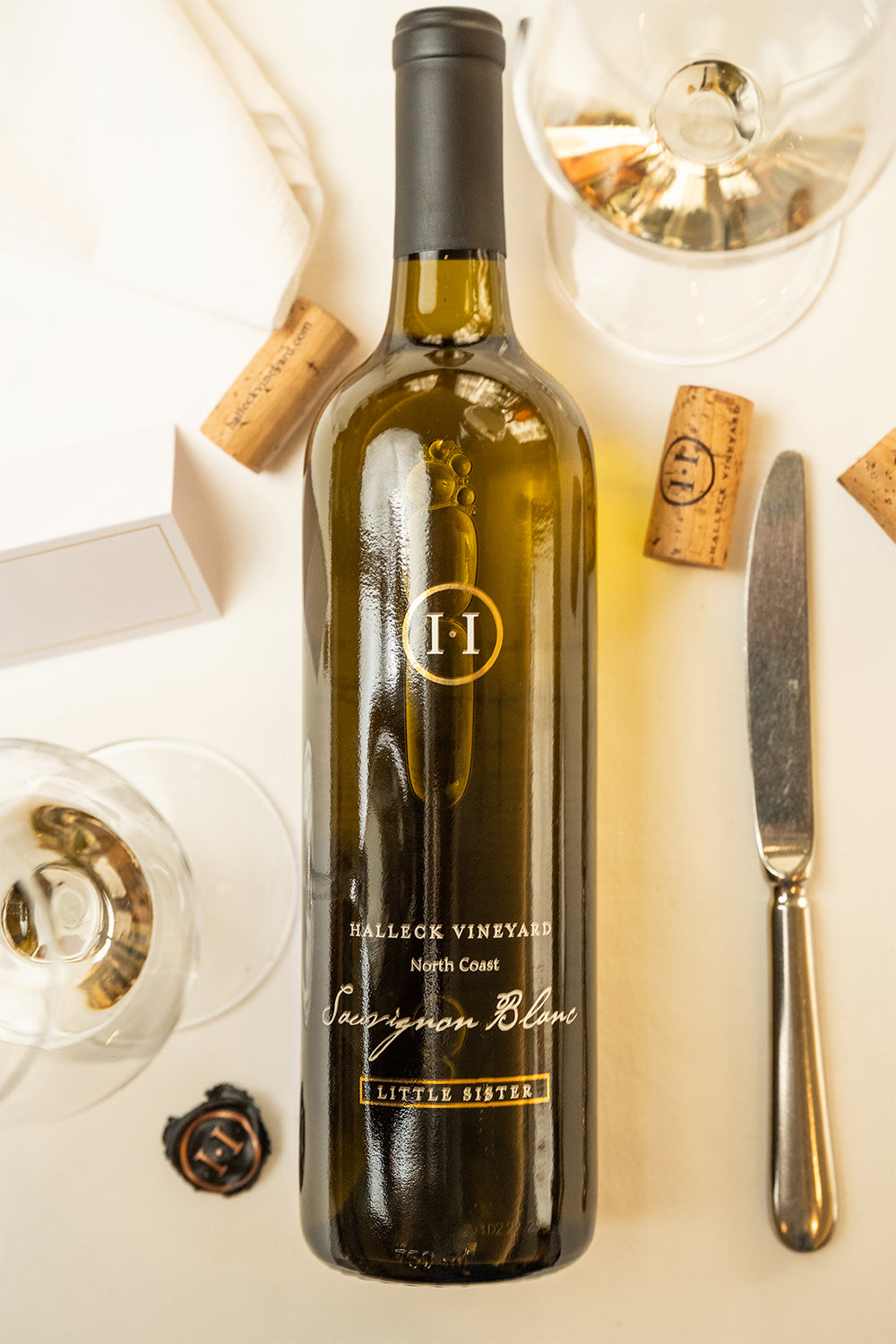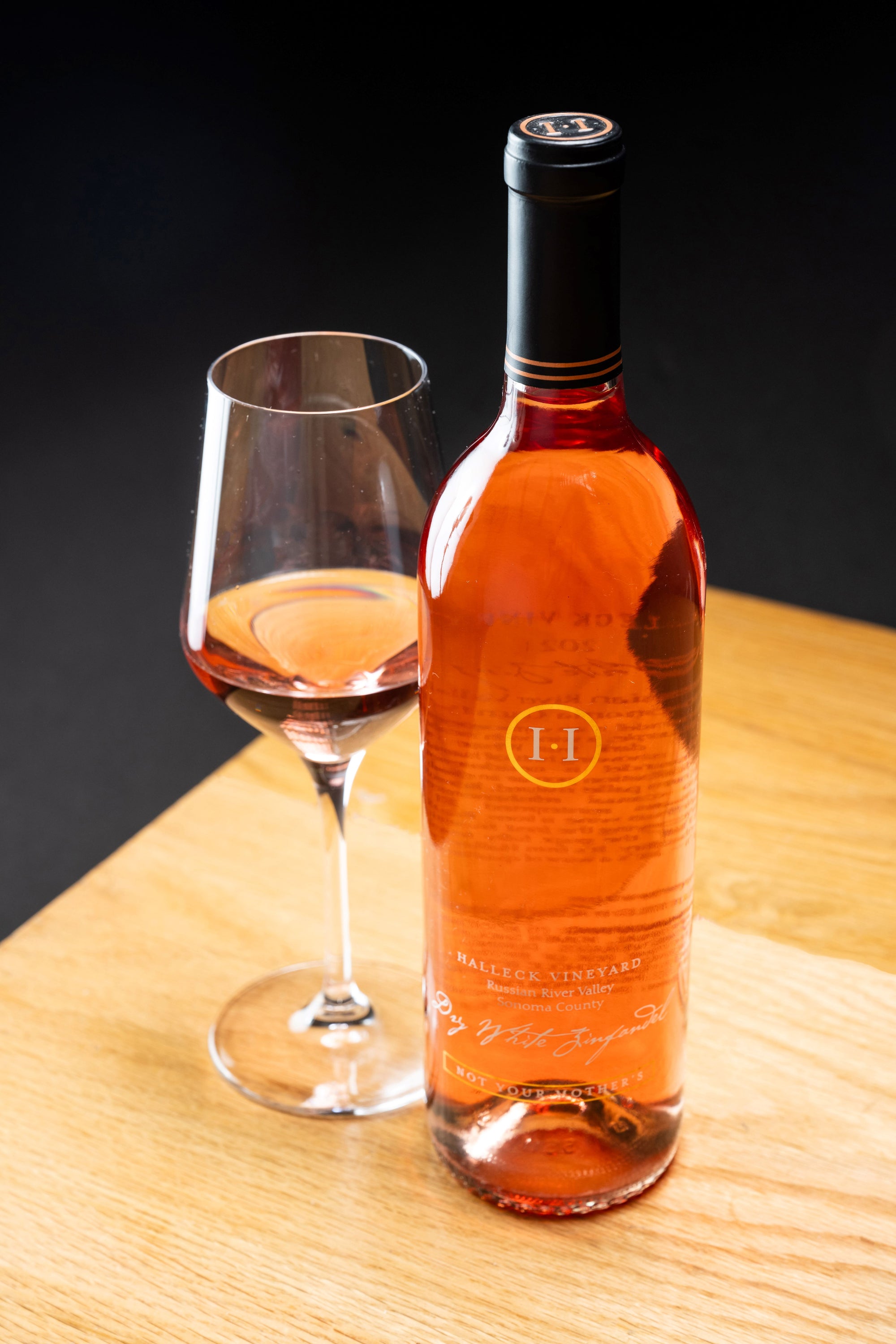Taste and Discover Wines from Family-Owned Wineries in California 95409
Taste and Discover Wines from Family-Owned Wineries in California 95409
Blog Article
Learn About Sustainable Wine Practices in Sonoma County 95468
Understanding the nuanced vocabulary associated with winery wine tasting is important for both novices and seasoned connoisseurs alike. Every term brings to life the experience of tasting wine and can improve one’s appreciation of the numerous intricacies involved. Wine tasting is more than just consuming; it is an art that involves varied senses and emotions.
To begin with, the term "nostril" refers to the aromas one detects when smelling the wine. This is a crucial step because the bouquet sets the stage for the tasting experience. Notes of fruit, spice, earth, and wood might mingle, providing a glimpse of what the palate would possibly verify. Understanding "nosing" the wine can dramatically elevate one's sensory journey.
One Other key side is the term "physique." The physique of the wine describes its weight and fullness on the palate. A full-bodied wine has a strong presence and tends to linger longer after swallowing. Conversely, light-bodied wines could feel extra delicate and refreshing. Recognizing the physique helps tasters assess the wine's structure and stability.
Create the Perfect Weekend Getaway in Sonoma County 95403
The idea of "tannins" is vital in pink wine tasting. Tannins are compounds derived from grape skins, seeds, and stems, contributing to a wine's texture and aging potential. High tannin wines typically result in a dry mouthfeel, while decrease tannin ranges yield a smoother experience. This distinction is particularly essential when pairing wines with food, as tannins can both complement or clash with certain dishes.
In addition to tannins, "acidity" performs a significant role in the wine tasting experience. Acidity provides wine its crispness and liveliness - A Guide to Outdoor Tasting Rooms in California. Wines with larger acidity are typically refreshing and energizing, making them excellent companions for a big selection of meals. Recognizing acidity can drastically improve one’s food-pairing capabilities and general tasting enjoyment.
When delving into the flavor profile of a wine, one could encounter the term "finish." The end refers back to the aftertaste that lingers within the mouth after swallowing. A long end is often related to high-quality wines, as it signifies complexity and depth. A brief finish could suggest a much less complicated wine. Understanding the method to consider the finish can reveal a lot about a wine's character.
Exploring the "vintage" is also integral to wine tasting terminology. The vintage denotes the yr during which the grapes were harvested. Completely Different years can yield vastly different outcomes due to variations in climate conditions. For instance, a sizzling summer can produce extra concentrated flavors, whereas a cooler year may yield extra refined, nuanced wines. Understanding vintage allows for a deeper appreciation of a wine’s origin and potential.
Pet-Friendly Wine Tasting Experiences in Sonoma County
The term "terroir" encompasses the geographical and environmental elements that contribute to a wine's unique character. Components similar to soil type, local weather, elevation, and topography all play a role within the flavor and quality of the wine. This connection to position helps one understand why wines from completely different regions can taste so distinctively different, even when made from the identical grape variety (Your Complete Guide to Exploring in Sonoma).

When participating with wines, the phrase "leg" refers to the droplets that kind on the within of the glass after swirling. These droplets can point out the wine's alcohol content material and viscosity. While observing the legs over at this website may not instantly relate to the wine’s style, it provides to the overall experience and intrigue of wine tasting less transparent.
Sip and Savor Wines from Family-Owned Wineries in Sebastopol 95409
A extra particular term that may arise during tastings is "oak." The influence of oak barrels on wine can impart flavors similar to vanilla, toast, or spice. The degree of oak growing older can differ extensively amongst wines, affecting each aroma and style. Understanding oak remedy supplies insights into the winemaker’s selections and the ensuing complexity of the wine.
In wine tasting, one may additionally hear the term "palate." The palate refers to the overall style experience in the mouth. This encompasses sweetness, bitterness, acidity, and body. A well-balanced palate is important for a harmonious tasting experience, and recognizing any imbalances helps assess the standard of the wine.
The experience of wine tasting is significantly enriched by understanding the terminology that accompanies it. Every term serves a function, enhancing the flexibility to convey ideas and feelings about the wine one's experiencing. This vocabulary bridges communication between tasters, sommeliers, and winemakers alike.

To totally enjoy wine tasting, it is important to have interaction all senses. The sight of the wine, its shade, and readability can provide insight into its age and quality. Swirling the wine releases aromas that heighten the olfactory experience, while the precise tasting permits for an entire analysis of the wine's profile.
Explore Small Wineries in California
In conclusion, understanding the detailed clarification of winery wine tasting terminology greatly enhances the experience of tasting. Every term invites the taster to have interaction extra deeply with the wine, encouraging connections to the senses, the winemakers, and the lands the place the grapes are grown. This nuanced vocabulary creates a richer, more fulfilling wine tasting experience.
- Aroma refers to the scents released by the wine, which may point out its grape selection and influence the tasting experience.
- Tannins are natural compounds found in grape skins, seeds, and stems, contributing to the wine's structure and growing older potential.
- A end, or aftertaste, is the lingering flavor sensation that continues to be on the palate after swallowing, usually a key indicator of high quality.
- Physique describes the burden and fullness of wine within the mouth, generally categorized as light, medium, or full-bodied.
- Terroir denotes the unique environmental traits of a winery that affect the style and high quality of the wine, together with soil type and climate.
- Acidity is a critical component that contributes to a wine's freshness and balance, impacting its aging capability and general flavor profile.
- Vintage indicates the yr grapes have been harvested and plays a big position in determining the wine's characteristics, reflecting specific climatic conditions.
- Decanting involves pouring wine from its bottle into another vessel, allowing it to aerate and enhancing its flavors and aromas.
- A corked wine could also be tainted by a defective cork, leading to musty or off-putting flavors that detract from the wine's supposed profile.
- The term “legs” refers again to the droplets that cling to the within of a glass after swirling, typically associated with the wine's alcohol content and viscosity.undefinedWhat is the meaning of "nose" in wine tasting?undefinedThe "nostril" refers to the aroma profile of the wine, which is detected via the sense of odor. It's an essential side of wine tasting, as aromas can reveal so much concerning the grape selection, winemaking process, and aging.
How ought to I correctly taste wine?undefinedTo taste wine successfully, observe these steps: observe the colour, swirl the wine to aerate it, take a gentle sniff to capture the aromas, sip and let it coat your palate, and eventually, note the finish. This method helps in appreciating the wine’s complexity.
What are "tannins" and the way do they affect wine?undefinedTannins are natural compounds present in grape skins, seeds, and stems that contribute to a wine's structure and astringency. They can create a drying sensation in the mouth, and so they also play a task within the wine's aging potential.
Enjoy Craft Wines at California Vineyards
What does the term "stability" imply in wine tasting?undefinedStability refers to the concord between the different parts of a wine, similar to acidity, sweetness, alcohol, tannin, and flavor depth. A well-balanced wine may have every of these components supporting one another rather than overpowering the others.
What is the importance of "terroir" in wine tasting?undefinedTerroir encompasses the environmental factors—such as soil, climate, and geography—that affect the characteristics of the wine produced in a selected region. Understanding terroir helps tasters recognize the distinctive qualities that totally different areas impart to their wines.
What does "vintage" mean and why is it important?undefined"Vintage" signifies the year when the grapes have been harvested. It is websites essential as a end result of it affects the wine’s high quality and traits, as weather situations during the growing season can considerably influence flavor profiles and aromatics.
What are "legs" and what do they signify?undefined"Legs" discuss with the droplets that form and run down the inside of a glass after swirling wine. Whereas they can point out alcohol content material and viscosity, they do not determine quality—this is extra about personal perception of richness.
Vineyard Views in Sonoma : A Nature Lover's Paradise
What does "full-bodied" imply versus "light-bodied"?undefined"Full-bodied" wines are wealthy, dense, and often have larger alcohol content material and complex flavor profiles, whereas "light-bodied" wines are more delicate and refreshing with a decrease alcohol content material. This distinction helps tasters understand the anticipated weight and mouthfeel of the wine.
How can I determine fruit flavors in wine?undefinedTo establish fruit flavors, think about the aroma and taste profiles. Swirl the wine, inhale deeply to seize the bouquet, and give attention to particular characteristics. Familiarity with typical fruit profiles of various grape varieties can improve this identification process.
What is "end" in wine tasting?undefinedThe "finish" refers again to the aftertaste that lingers in the mouth after swallowing. A lengthy, complex end is often an indication of quality in a wine, because it reflects the depth of flavor and general craftsmanship in the winemaking process. Report this page